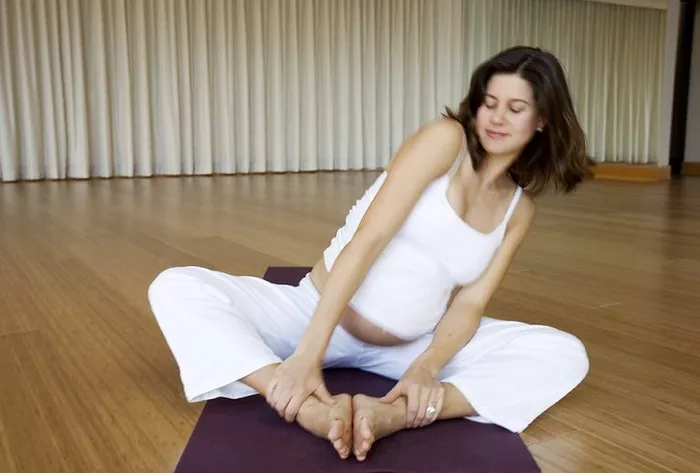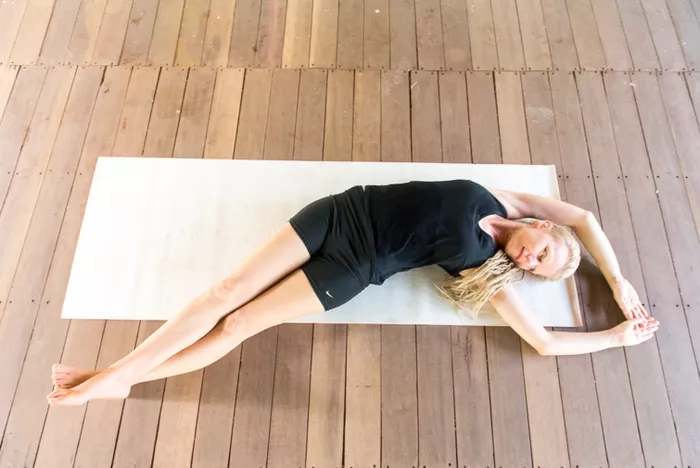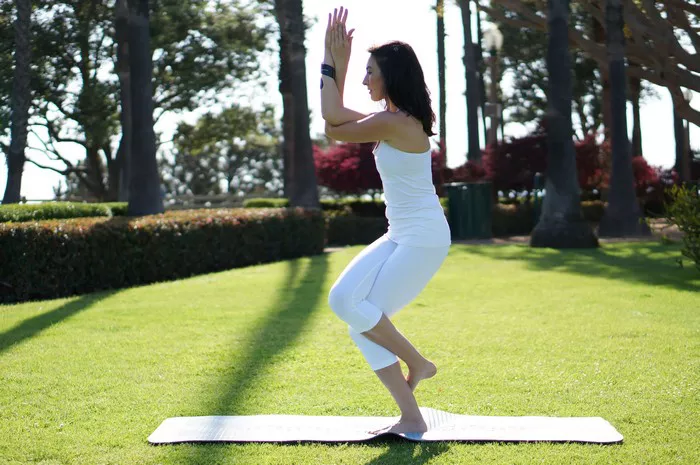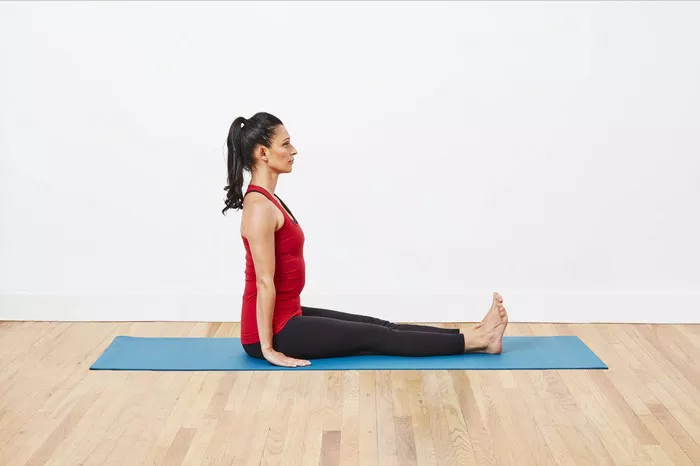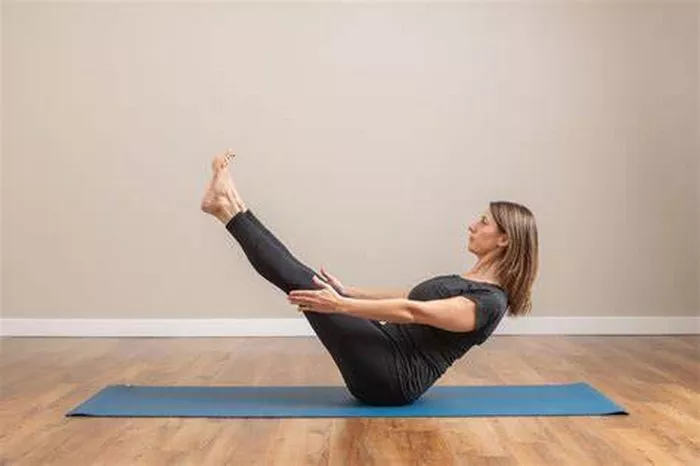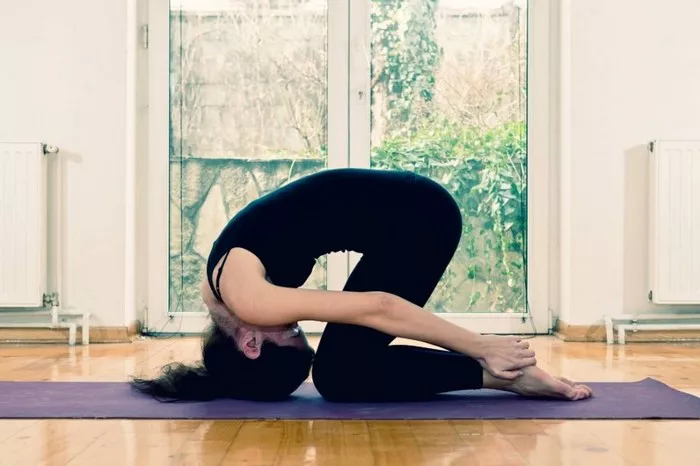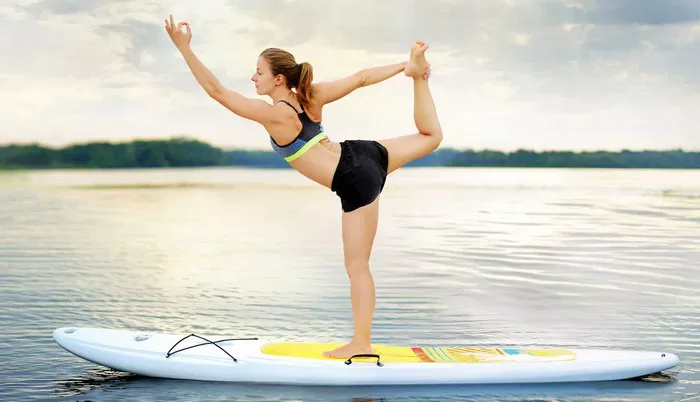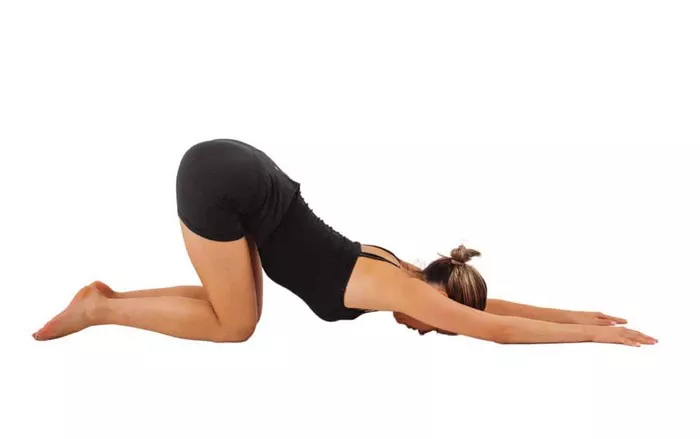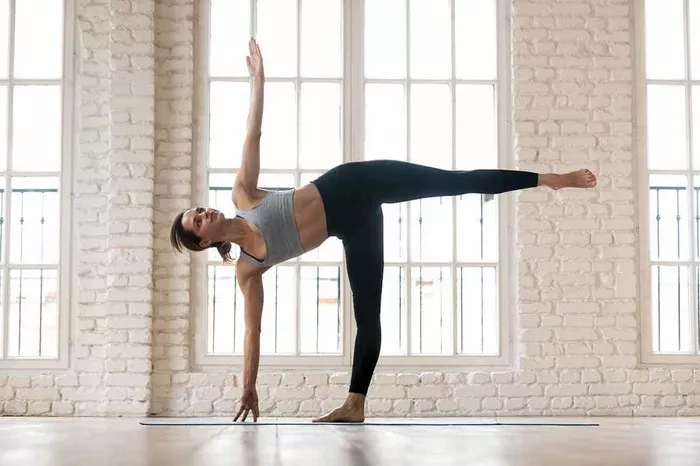A yoga ball, also known as a stability ball or exercise ball, has become a popular fitness accessory in recent years. It is used in a variety of exercises, from core strengthening routines to balance training and even as a replacement for a traditional office chair to improve posture. One of the crucial aspects to consider when using a yoga ball is its weight capacity. This is not only important for safety reasons but also to ensure that the ball can effectively support the user during different exercises. Understanding the factors that influence a yoga ball’s weight capacity and the specific limits it can handle is essential for anyone incorporating it into their fitness or daily routine.
Factors Affecting Weight Capacity
Material Quality: The type of material from which the yoga ball is made significantly impacts its weight-bearing ability. High-quality, thick PVC or rubber materials are generally more durable and can hold more weight. Thinner or lower-grade materials are more likely to deform or rupture under heavier loads. For example, a yoga ball made of commercial-grade PVC with a thickness of 2.5mm is likely to support more weight compared to one with a thinner 1.5mm PVC layer.
Ball Size: Larger yoga balls typically have a higher weight capacity than smaller ones. This is because they have a greater surface area and volume, which distributes the weight more evenly. A 65cm diameter ball might be able to support more weight than a 55cm ball. However, it’s important to note that the size should also be appropriate for the user’s height and the intended exercises to ensure proper form and stability.
Inflation Level: The inflation level of the yoga ball is crucial. An underinflated ball will not be able to support as much weight as a properly inflated one. When a ball is underinflated, the walls are more likely to buckle or collapse under pressure. On the other hand, overinflating can also be dangerous as it may cause the ball to burst. The ideal inflation is when the ball is firm to the touch but still has a bit of give, allowing for a stable yet comfortable surface.
Standard Weight Capacity Ranges
For Home Use: Most yoga balls designed for home use and general fitness exercises have a weight capacity ranging from 200 to 300 pounds (about 90 to 136 kilograms). These balls are suitable for light to moderate workouts, such as basic core exercises, stretching, and some balance training. They are often made of mid-range quality materials and come in common sizes like 55cm or 65cm.
Professional or Commercial Use: In a professional fitness studio or for more intense training, yoga balls with a higher weight capacity are required. These can hold anywhere from 300 to 600 pounds (136 to 272 kilograms) or even more. They are made of thicker, more durable materials and are designed to withstand the rigors of frequent and heavy use, such as in a rehabilitation center or a high-intensity training facility.
Testing and Certification
Manufacturer Testing: Reputable manufacturers conduct rigorous testing to determine the weight capacity of their yoga balls. This involves subjecting the balls to gradually increasing loads until they reach the point of failure. The results of these tests are used to establish the recommended weight limits and ensure the safety and quality of the product.
Certification Standards: There are various certification bodies that set standards for fitness equipment, including yoga balls. For example, some certifications require the ball to maintain its integrity and stability under specific load conditions for a certain period. Look for balls that carry recognized certifications as this indicates that they have met certain quality and safety benchmarks.
Safety Precautions When Using a Yoga Ball
Check Weight Capacity: Always check the weight capacity of the yoga ball before using it. This information is usually provided by the manufacturer on the packaging or the ball itself. If you are close to or exceed the recommended weight limit, it’s advisable to choose a ball with a higher capacity or consult a fitness professional.
Proper Inflation: As mentioned earlier, maintain the correct inflation level. Use a pressure gauge if possible to ensure the ball is inflated to the recommended PSI (pounds per square inch). Regularly check the inflation, especially if the ball is used frequently, as air can gradually leak over time.
Supervised Use: If you are new to using a yoga ball or attempting more advanced exercises, it’s beneficial to have a trained professional supervise you. They can correct your form and ensure that you are using the ball safely and effectively, reducing the risk of accidents due to improper use or overloading.
Conclusion
In conclusion, the weight capacity of a yoga ball is determined by multiple factors, including material quality, size, and inflation level. Understanding these factors and the standard weight capacity ranges for different types of yoga balls is essential for safe and effective use. Whether you are using a yoga ball at home for light workouts or in a professional fitness setting, always prioritize safety by checking the weight capacity, maintaining proper inflation, and following recommended safety precautions. By doing so, you can enjoy the many benefits of yoga ball exercises while minimizing the risk of injury or damage to the equipment.
As the popularity of yoga balls continues to grow, manufacturers are likely to further improve their designs and materials to offer even more reliable and higher-capacity options. However, it remains the responsibility of the user to be informed and cautious when using these versatile fitness tools. With the right knowledge and precautions, a yoga ball can be a great addition to your fitness routine, helping you improve strength, balance, and flexibility.
Related topics


